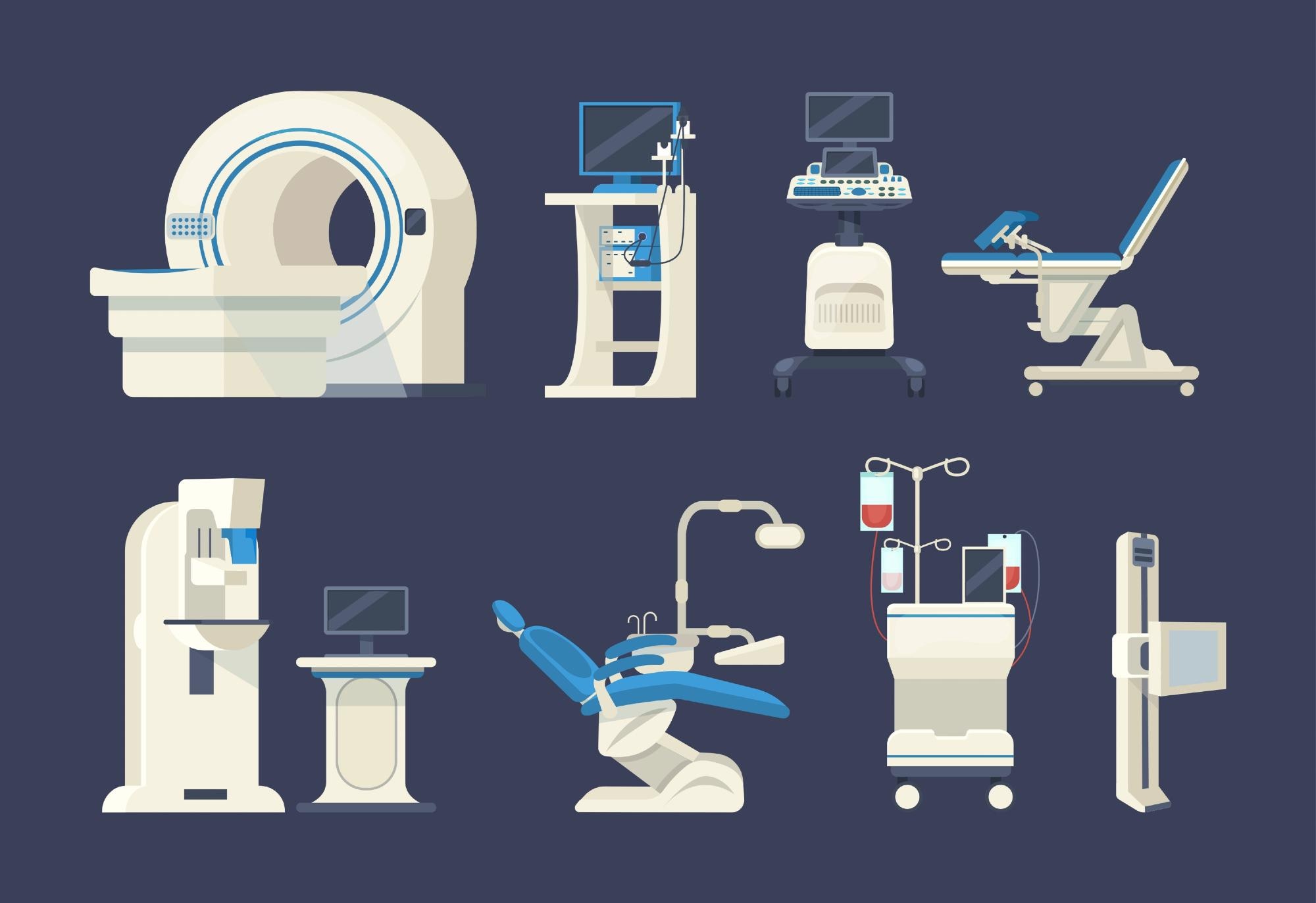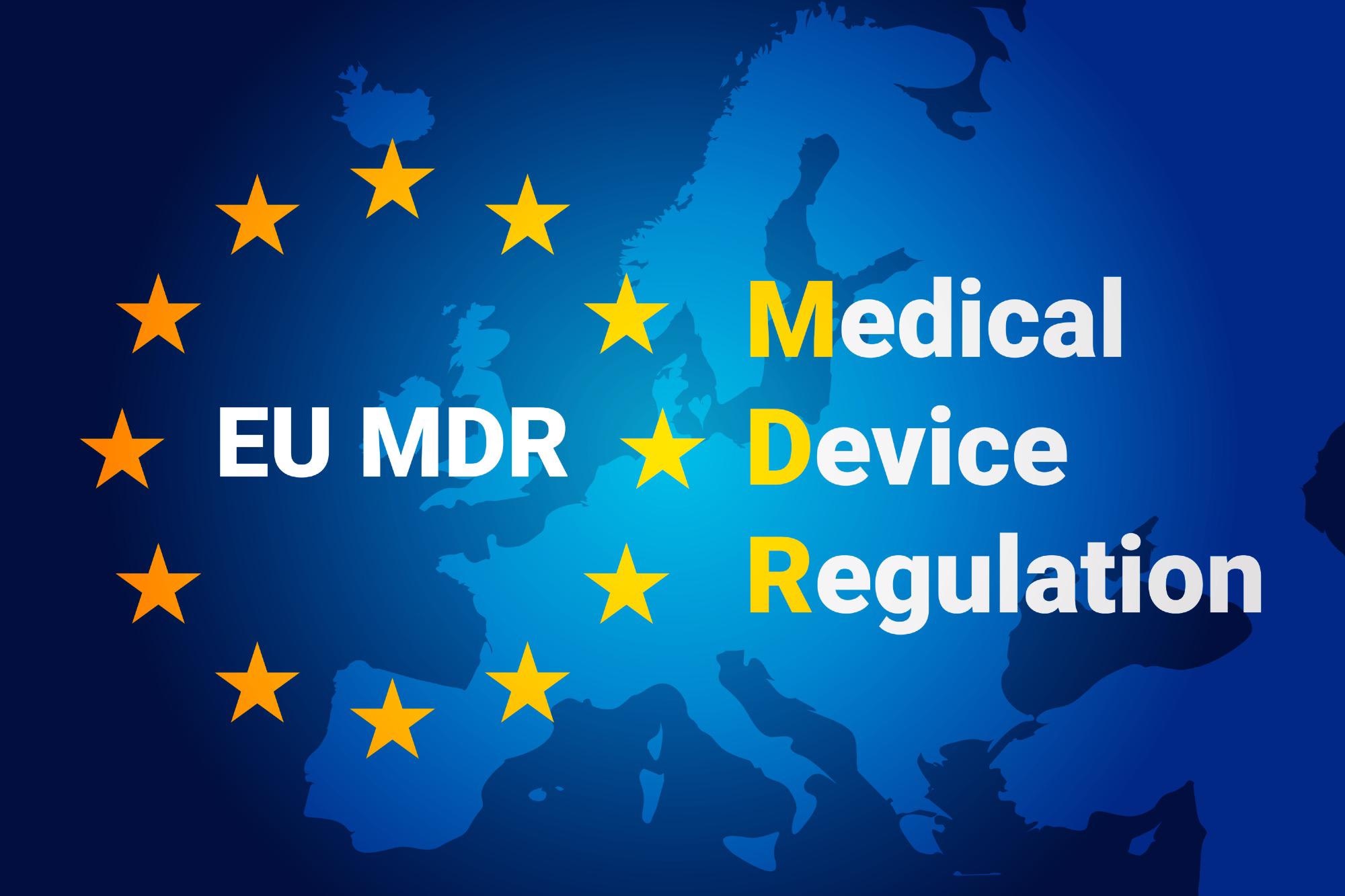Medical Devices
Evolution of Medical Device Regulation
Why Regulate Medical Devices?
Safety
Uniform Requirements
Promote Innovation
Free Movement of Goods
Compensation
New Areas
Fostering Innovation
Rational Testing
Conclusion
References
Medical Devices
"A medical device can be any instrument, apparatus, implement, machine, appliance, implant, reagent for in vitro use, software, material or other similar or related article, intended by the manufacturer to be used, alone or in combination for a medical purpose."
With over two million medical devices available today, belonging to thousands of types, the need to ensure that they are reliable, safe, and affordable is obvious.
Medical devices are primarily the brainchildren of engineers, in comparison to pharmaceuticals derived from chemical specialists' work. Moreover, the segment to which either of these goods is marketed is quite different, the risks involved, and the methods used to evaluate the efficacy and effectiveness of the item in question.
Medical devices range from infusion pumps and drug-eluting stents to implants and pacemakers.

Image Credit: ansveta/Shutterstock.com
Evolution of Medical Device Regulation
The earliest form of medical device control may have been a simple inspection and testing of medical equipment produced by the UK industries in a hasty takeover from foreign manufacturers, during the war, because of the non-feasibility of further such imports in that situation. However, as medical devices really took off, becoming ever more sophisticated and widely available, the need for manufacturing and product standards was recognized, and specialists were recruited.
This led to the emergence of a whole regulatory system and a post-marketing surveillance strategy. A voluntary quality assurance system was also set up to improve design and production. In addition, inspections were introduced to ensure compliance. Later, formal medical device evaluation programs were set up. Still, later, unified statutory systems came into being for the whole European Union.
Similar regulatory oversight is exercised in the USA by the Food and Drugs Administration (FDA). Many regulatory bodies use a tiered approach based on the degree of risk associated with the use of each and the chances for user and manufacturer error. This is because the highest level of regulation is neither necessary nor possible with the lowest-risk category of medical devices.
Why Regulate Medical Devices?
Medical devices help diagnose, treat or monitor individuals with potential disease states. To do so, they must fulfill the purpose for which they were designed, be robust and avoid harm to the patient and operator. Several studies have noted that with the global marketing of medical devices, more and more adverse events are being reported, including severe and fatal events.
In fact, in just ten years, in the USA, with its strict and extensive regulatory system, there have been well over 1.5 million injuries and over 80,000 deaths. One glaring example of poorly regulated medical devices was the high-pressure marketing of vaginal mesh, which led to severe pain, bleeding, and other serious side effects following its use in vaginopexy. After being introduced in 2002, it took almost two decades for the FDA to withdraw its approval.
Regulation aims to ensure that medical devices become safer, of better quality, and have a better design. Of course, regulation involves increased manufacturers' costs regarding development costs, production processes, and services. This will push up prices for healthcare providers and patients, restricting device sales and stifling innovation.
Despite this argument, several compelling reasons press for the regulatory oversight of medical devices. Numerous cases like the one cited above of vaginal mesh have been reported globally, indicating that medical devices have often been so poorly regulated as to cause harm and death to patients.
Dr. Thimbleby put forward some key points in his thought-provoking essay. First, he points out that patients are the reason for healthcare and should always be central to all technology used in healthcare. Secondly, technology aims to make things smaller, lighter, cheaper to produce, and thus more profitable: the aim is never to make people well.
Thirdly, human nature remains the same despite the accelerating pace of change in technology. People still like to be in authority, those on top pretend they are infallible, and nobody likes to accept blame. Finally, technology never stops evolving. Before one solution is completely developed, somebody is sure to have an even better idea – which makes the older one obsolete and may require the former to be junked, but at the potential cost of losing data or skills.
These facts explain the need for medical device regulation.

Image Credit: Vector Image Plus/Shutterstock.com
Safety
Medical devices must not harm those who use or operate them. Instead, they should enhance the health of the patient. Compliance with medical device regulations is essential to show the patient that this is true. Devices like implants and pacemakers, likely to pose a higher safety risk, are more tightly regulated than others like contact lenses and adhesive plasters.
Uniform Requirements
By standardizing the basic design and requirements, it is possible to ensure that all products marketed for a medical purpose fulfill these requirements. Standards for other aspects may be evolved, but these are met voluntarily. Any technology may be used as long as the process and final product comply with the essential requirements.
Device development, design, and clinical studies are part of the checkpoint framework and quality control and production procedures. Post-marketing, adverse events are encouraged to be reported by users, and the mandatory reporting of serious adverse events by the manufacturer. This allows the identification of safety issues to take corrective action.
Promote Innovation
Apart from keeping non-compliant goods out of the market, regulatory oversight can shift the emphasis to truly beneficial change in the form of safer, more effective, or less expensive devices – all or some of these, in any combination. Indigenous product development will also be encouraged, for domestic as well as foreign sales, if regulations in the manufacturing country are harmonized with those of the exporting countries.
Free Movement of Goods
Uniform standards allow goods to be imported and exported without independent studies being required between countries. Transparency as to device compliance with regulatory standards and pricing regulation is also ensured, providing fair market access and clinical safety and helping to improve the choice of product.
Compensation
Strict regulation allows patients to be compensated for harm caused by device defects.
New Areas
"The stringency of the approval process for higher-risk products, which may require only bench-testing data and perhaps some clinical study, and the delay in responding to new findings about adverse events have been repeatedly questioned."
Fostering Innovation
Novel or personalized medical devices are often developed based on already approved devices so that, in theory, the new device is a variant of the older one. The newer ones may move out of the area of approval, becoming unregulated. This constant tug-of-war between innovation and regulation is essential for patient safety and benefit.
Sometimes, regulatory criteria stifle innovation, as it will cost too much and take too much time to meet the standards. Conversely, standards are sometimes inadequate to offer proper evaluation criteria.
For instance, offering open-source designs for commonly used medical devices allows others to freely improve the design and share their innovations with others and provide rapid end-user feedback. This, however, also interferes with regulation and quality control.
With a minimal number of units, documentation for regulatory approval may be prohibitively expensive. On the other hand, the prescribed steps for development and testing may be abandoned for non-traditional processes such as 3D printing. Thus, regulatory systems must be stringent enough to safeguard the patient but flexible enough to allow for novel approaches that foster innovation.
One example is the requirement for shared and updated documentation, avoiding duplication of development and testing efforts for the same part, tracing the original design, the underlying design process, the rationale thereof, and further changes.

Image Credit: NicoElNino/Shutterstock.com
Rational Testing
Another area of concern is the need for testing based on the real-world use of the device rather than under ideal laboratory conditions. This is because the latter does not replicate the device's actual performance under operation conditions by all kinds of people who have received various levels of training and operate under different conditions.
Pervasive use devices should ideally be tested in a broader context, remembering their use outside typical clinical settings.
In many cases, health apps also bypass regulatory standards, where self-certification is enough.
Drug-device combinations are now being developed, which will come under pharmaceutical regulation and under that for medical devices independently in cases of doubt as to whether the product is pharmaceutical or a medical device, the action of the product, and the mechanism of action, are considered. Apart from this, the level of regulation that gives the consumer a greater level of safety is used.
Conclusion
For better regulation of medical devices, all stakeholders should participate in the process, including the industry, researchers, patients, and payers. Real-world data should be exploited to make proper decisions.
"For medical technology, standards and regulations are needed to ensure safety, protect the public, and guarantee that products are fit for purpose. However, in the context of novel and personal medical technologies, the current approach to regulation is not only infeasible and difficult to enforce but also work against health care innovation. Regulators may need to rethink their approach."
On the other hand, it is true that "Future technological innovation is going to keep transforming healthcare, yet while technologies (new drugs and treatments, new devices, new social media support for healthcare, etc) will drive innovation, human factors will remain one of the stable limitations of breakthroughs."
References:
Further Reading
Last Updated: May 31, 2022